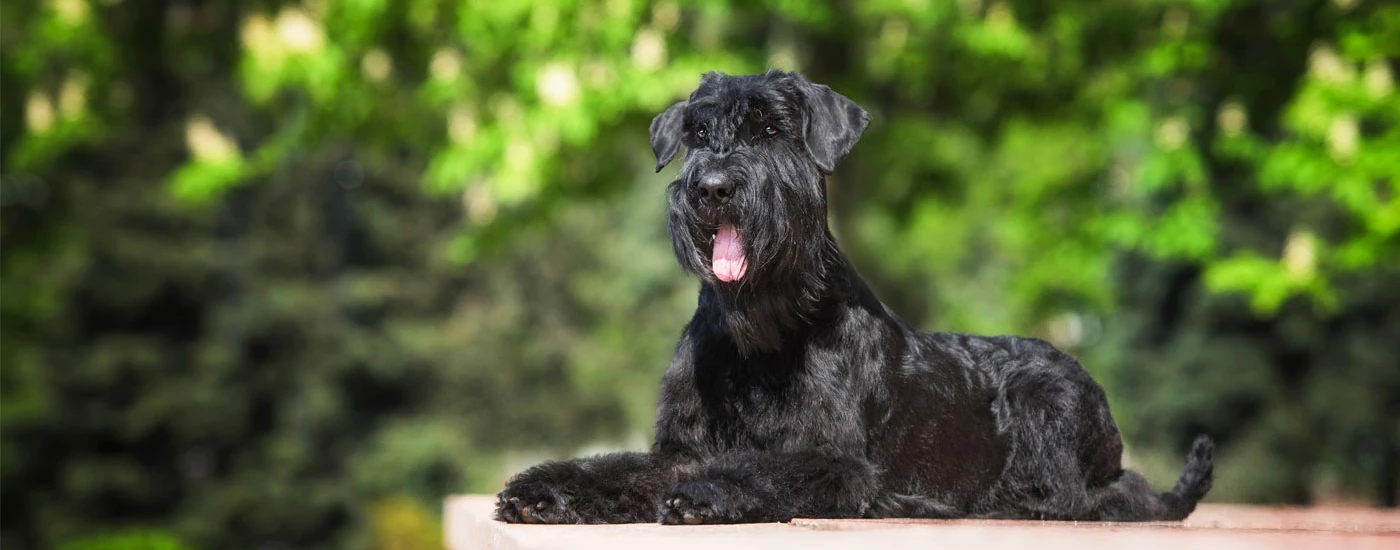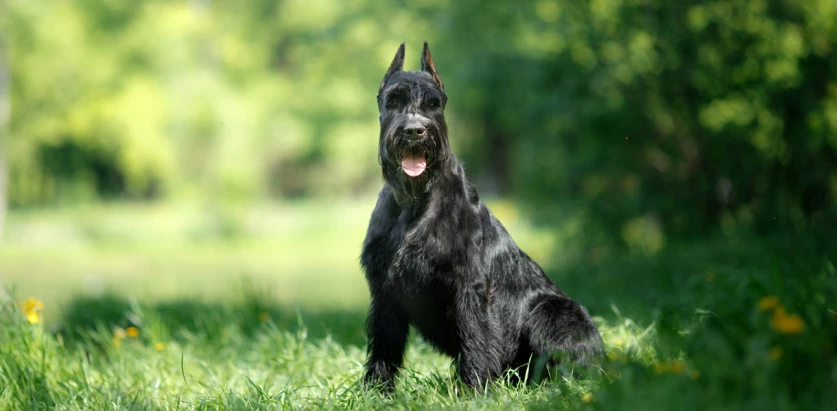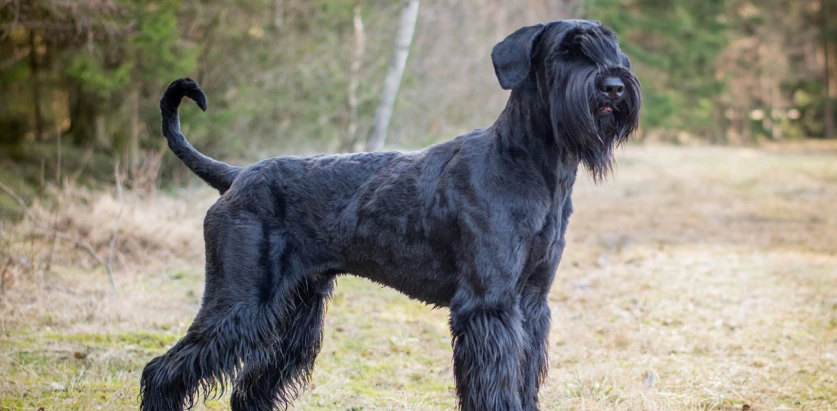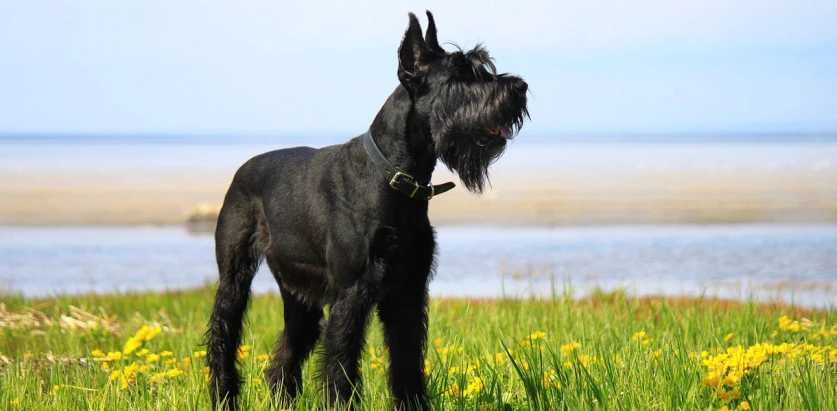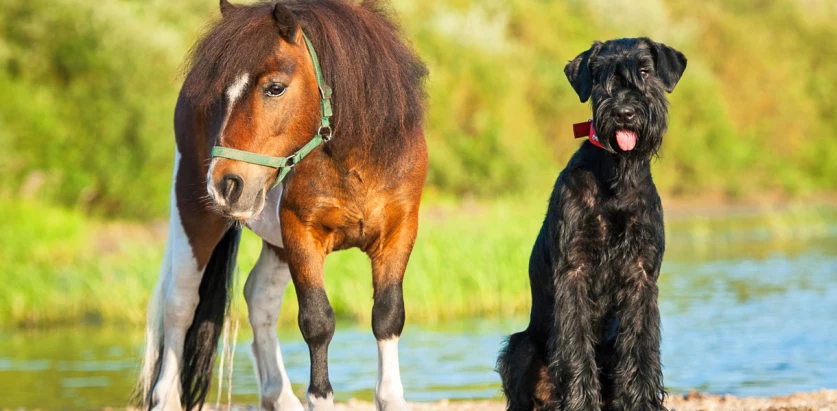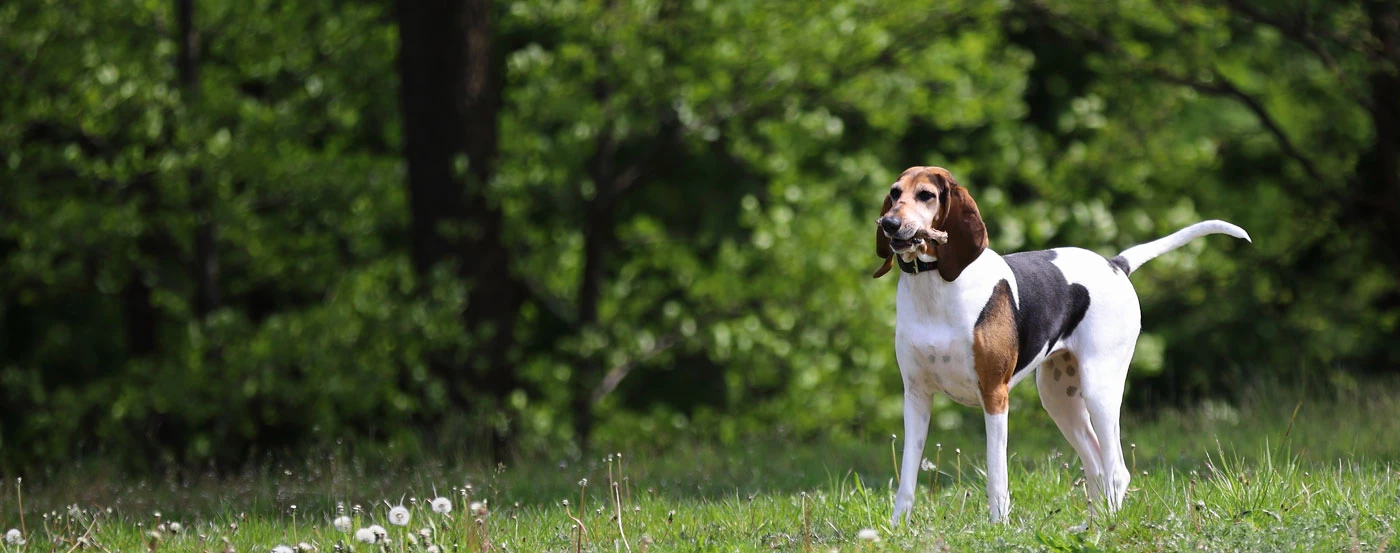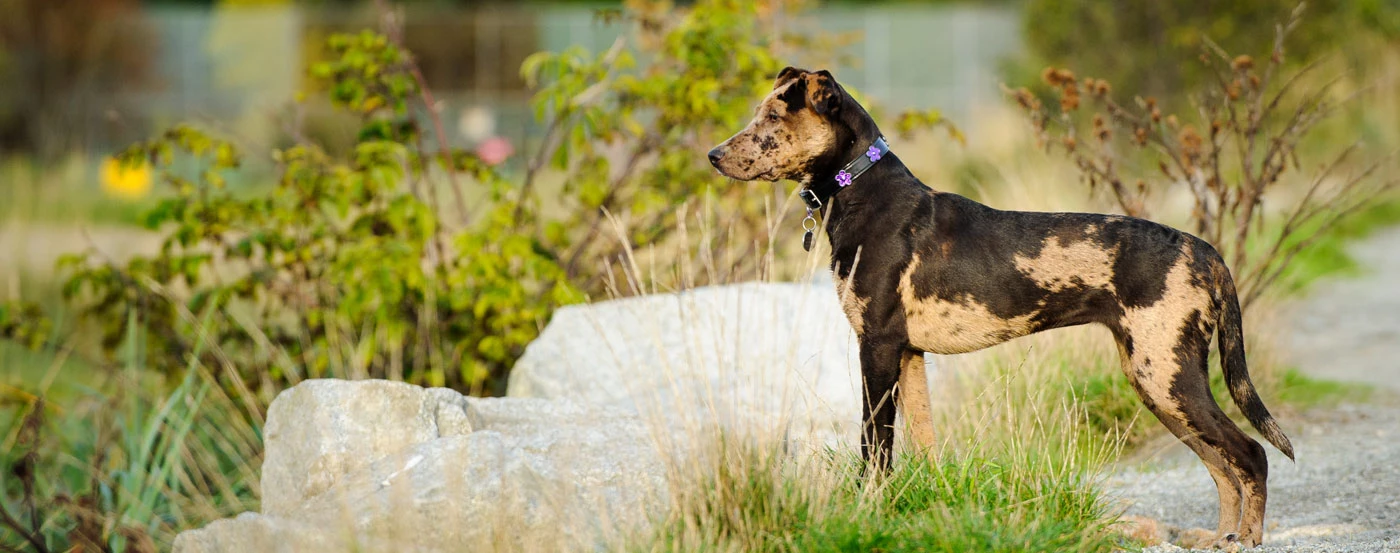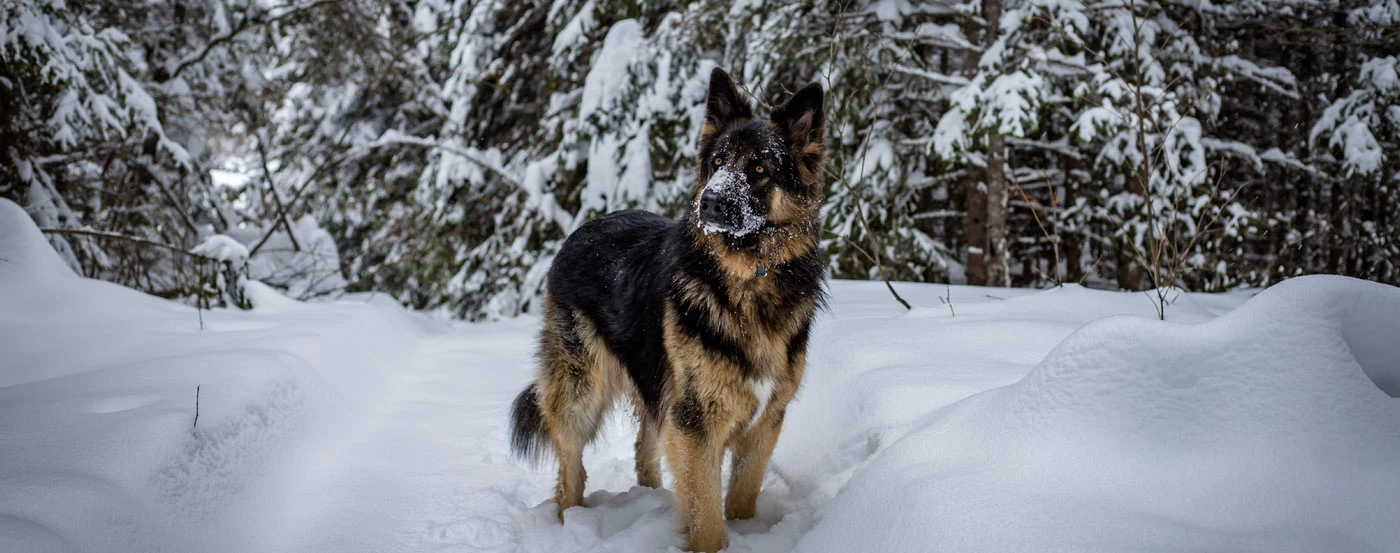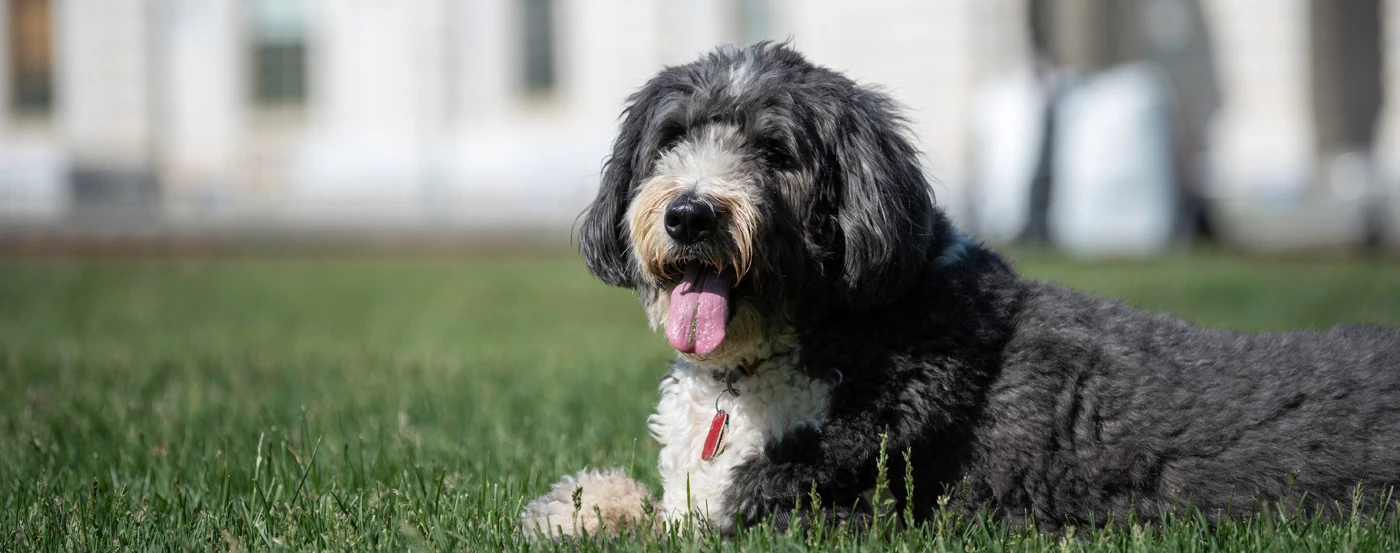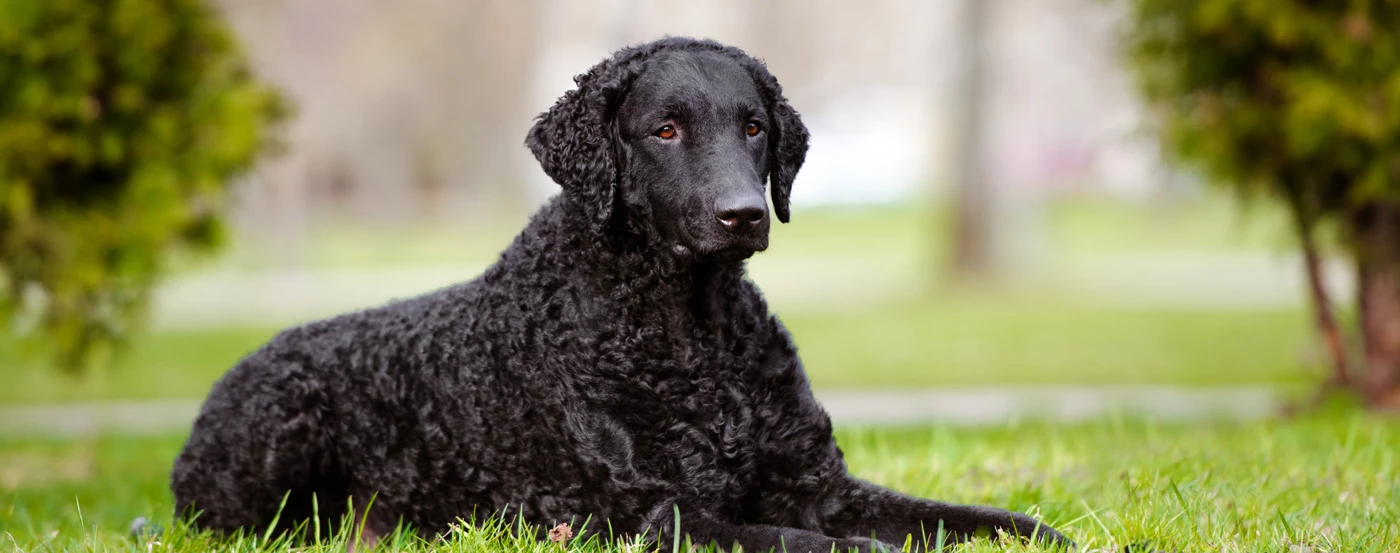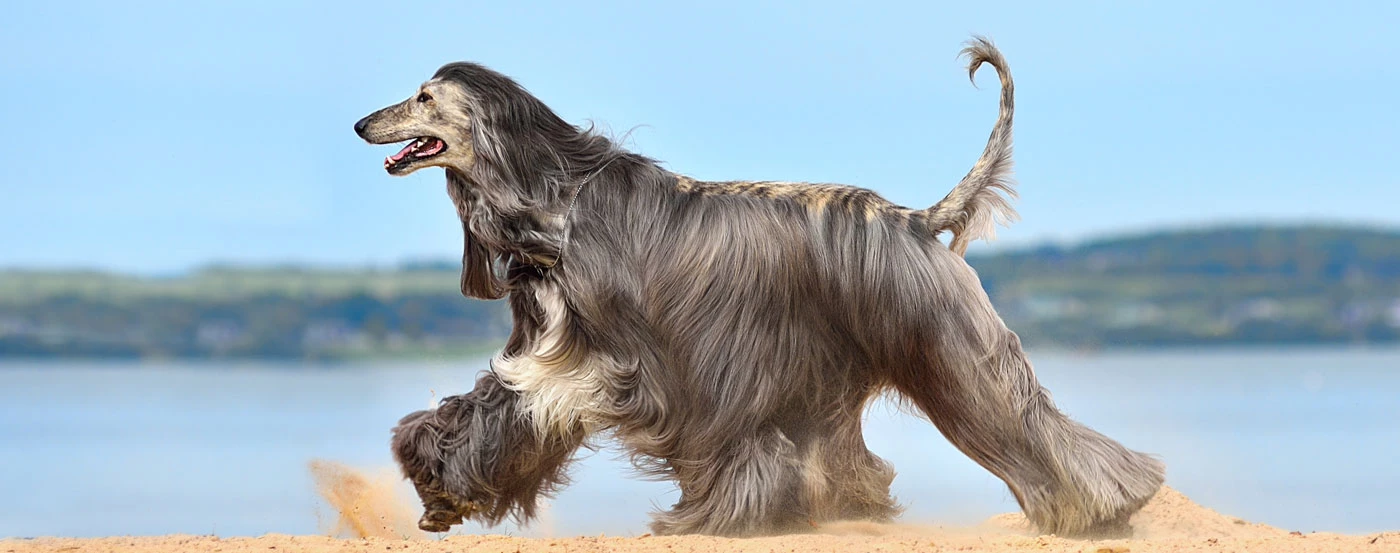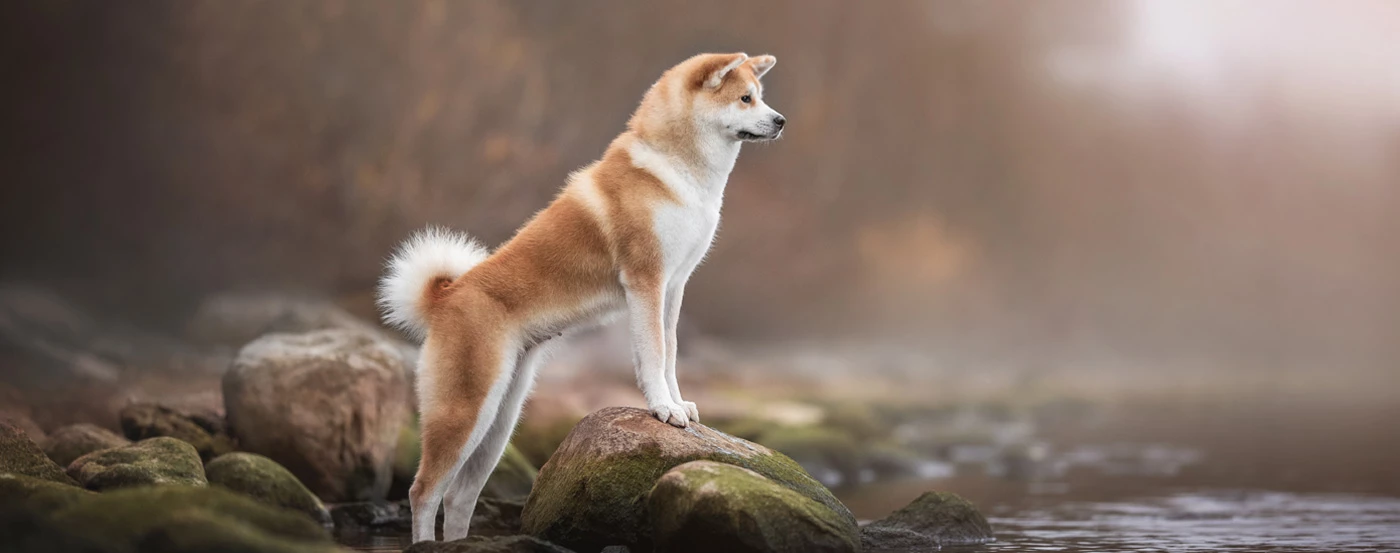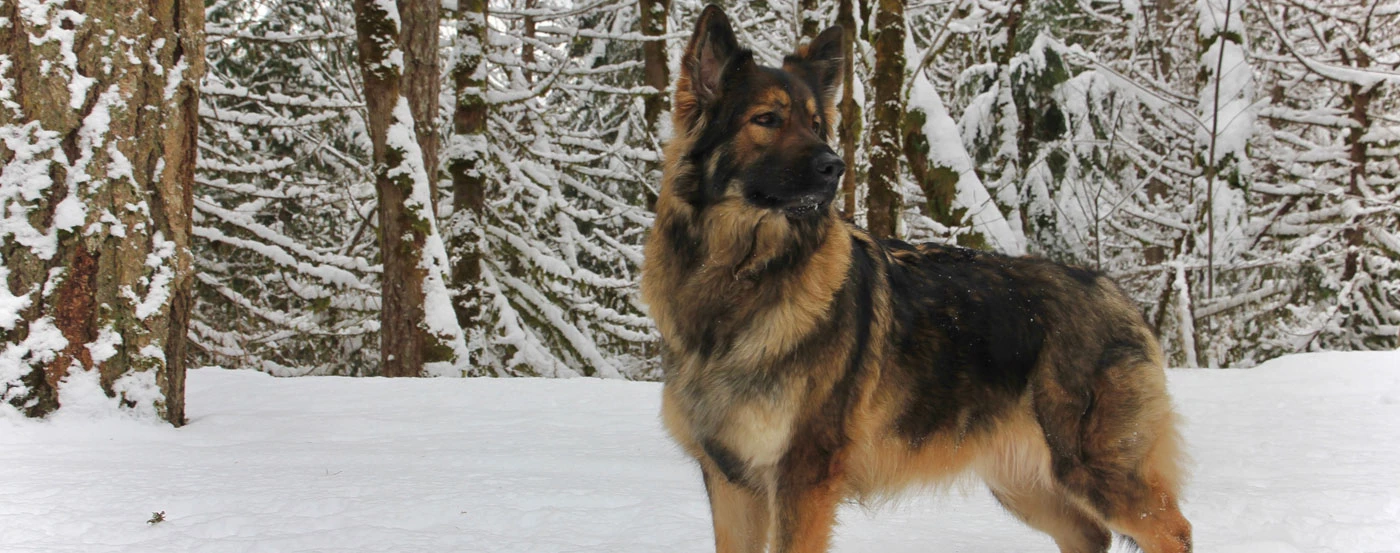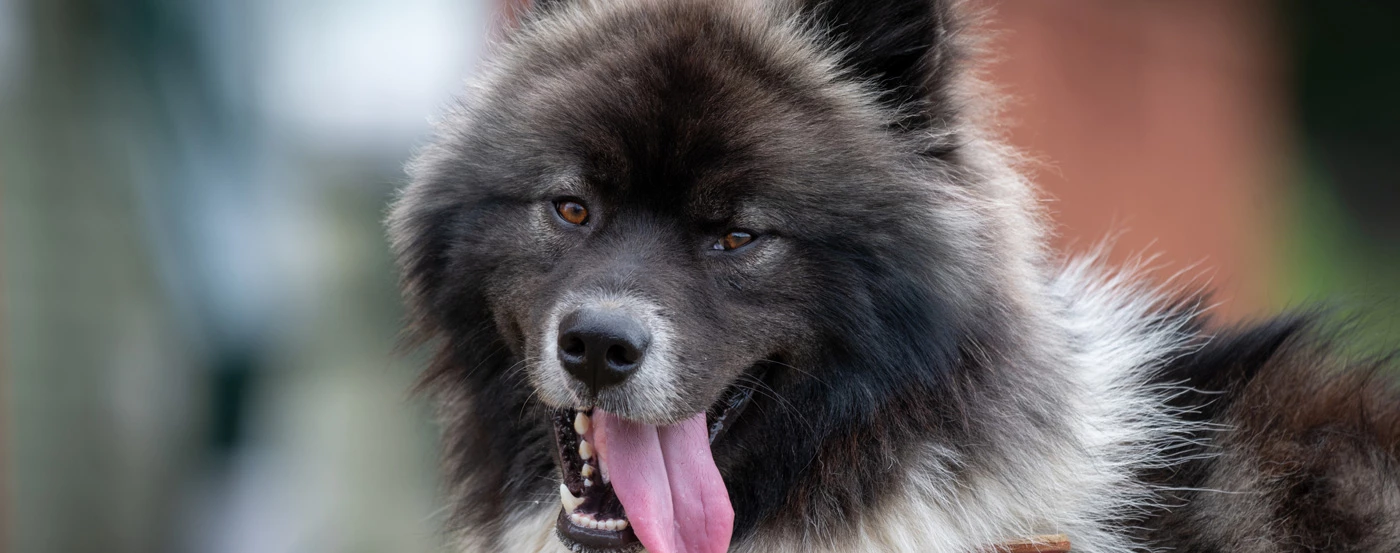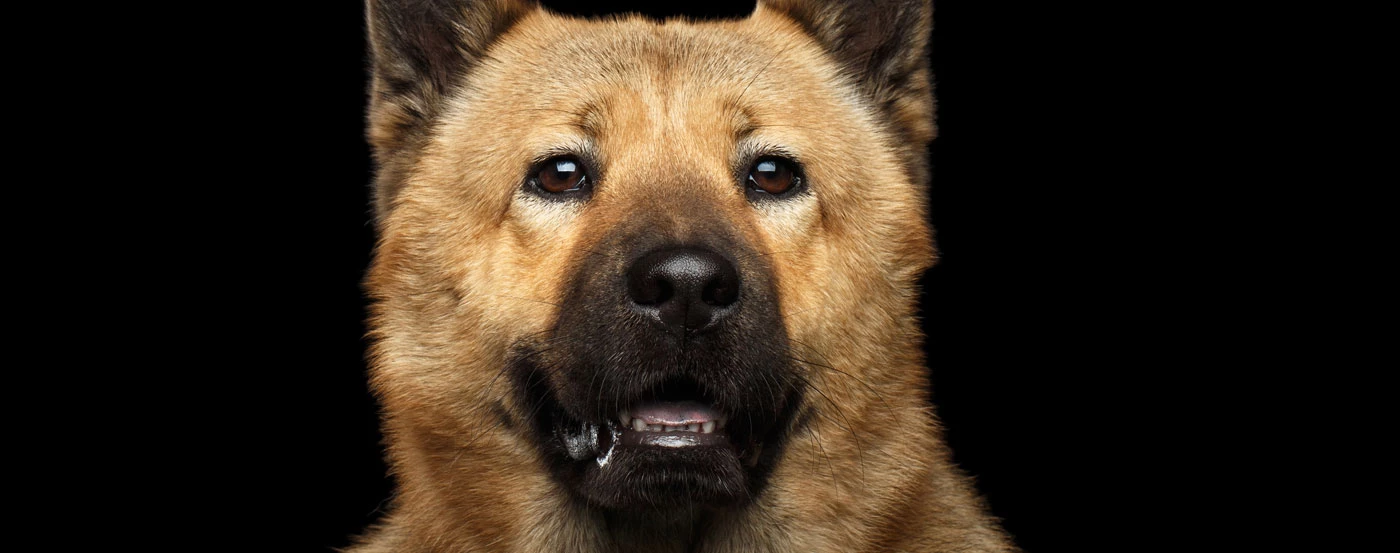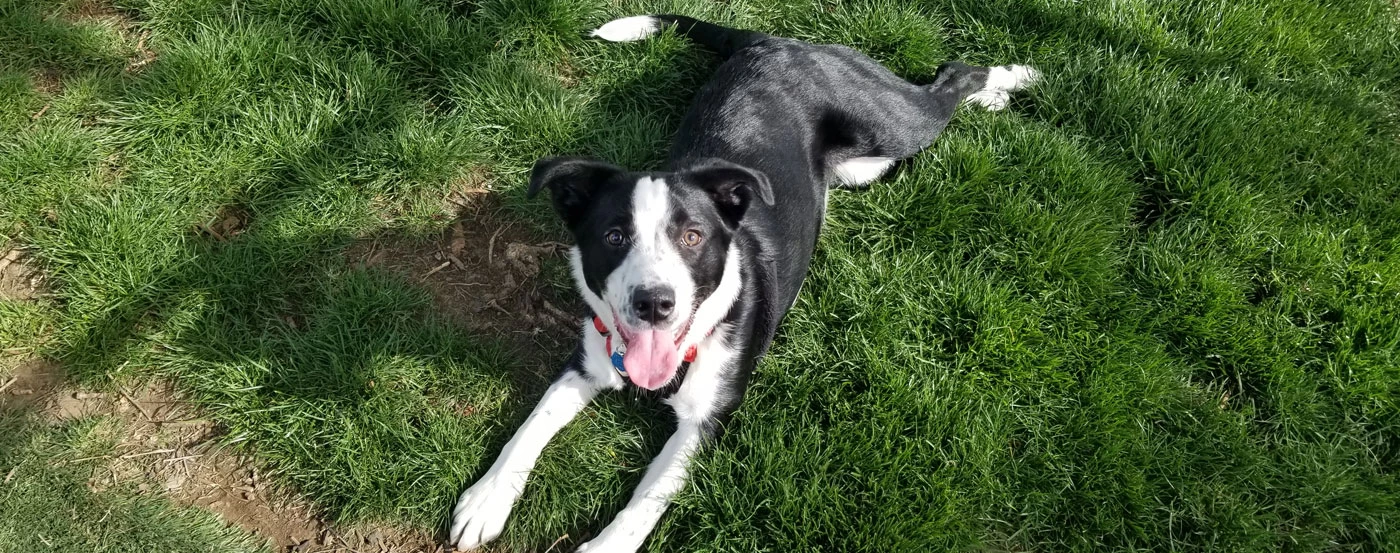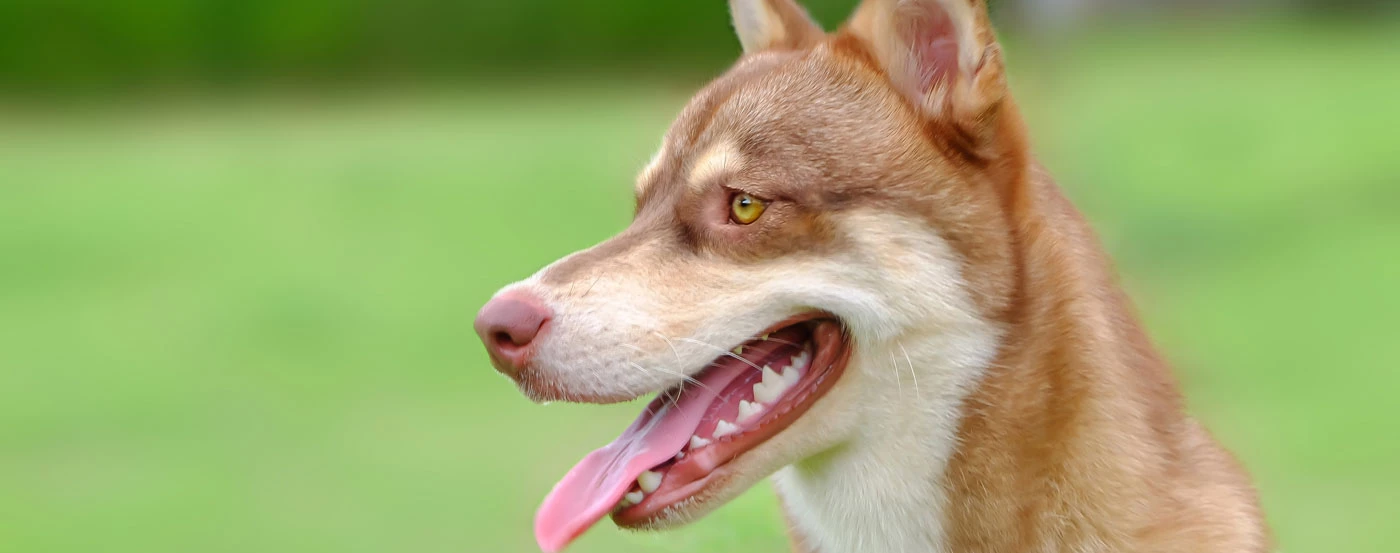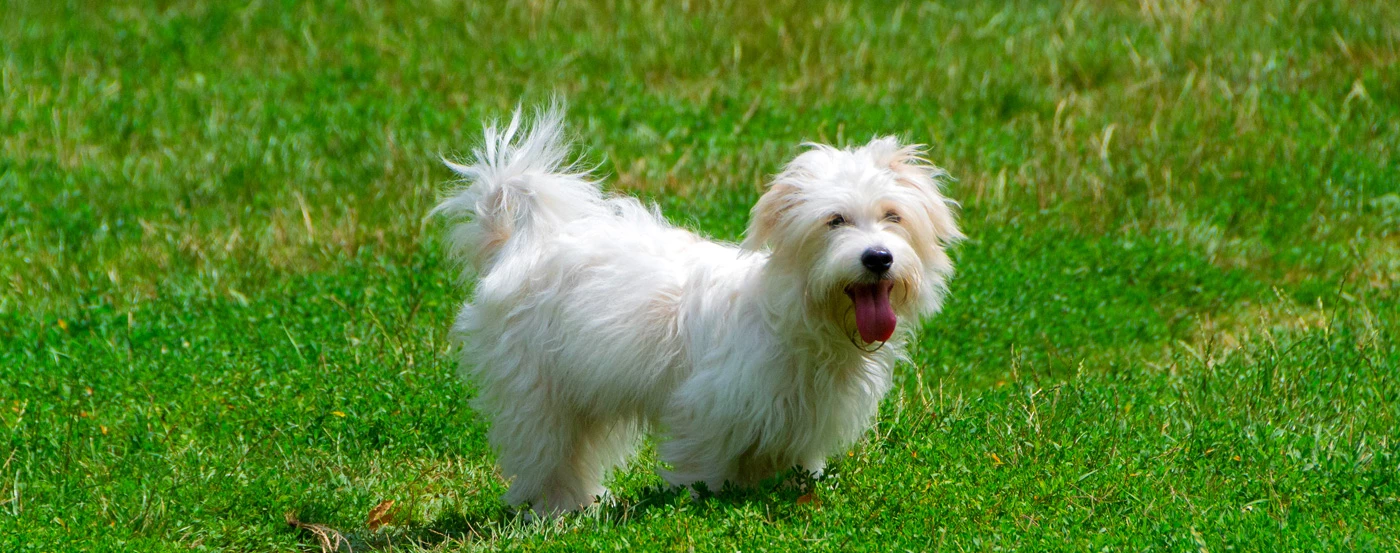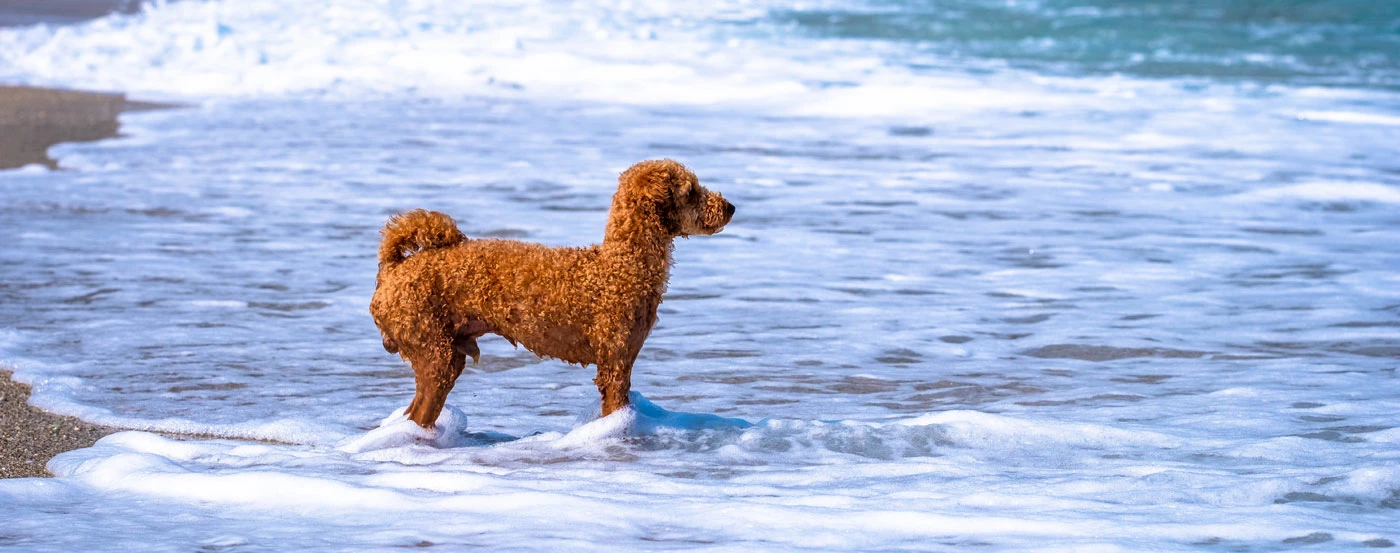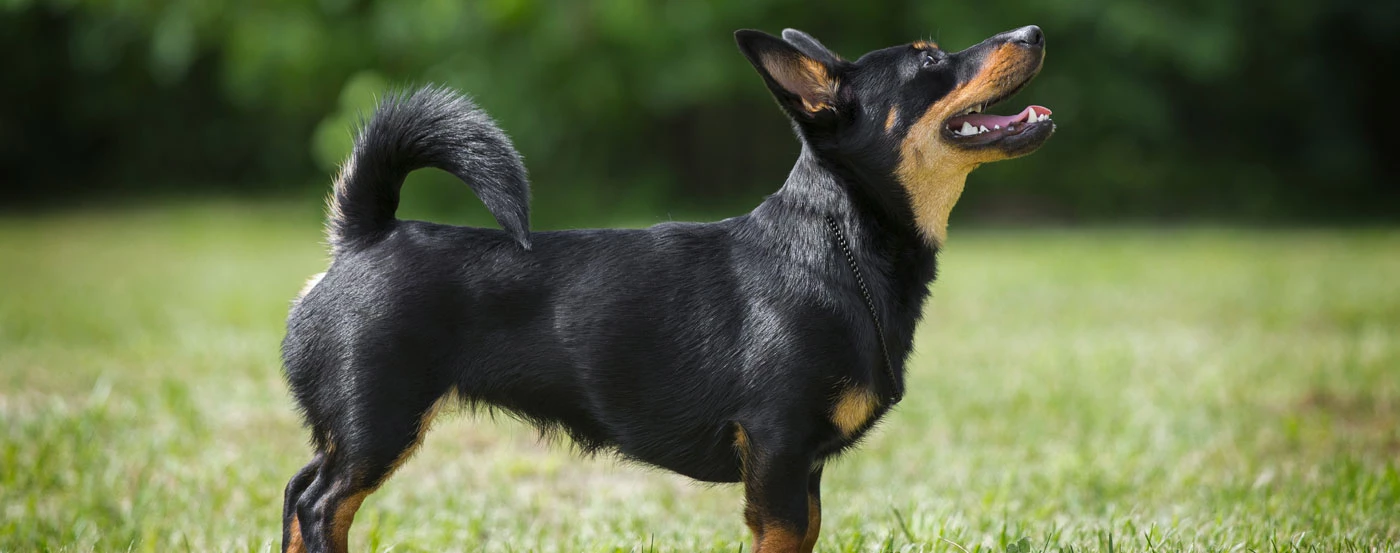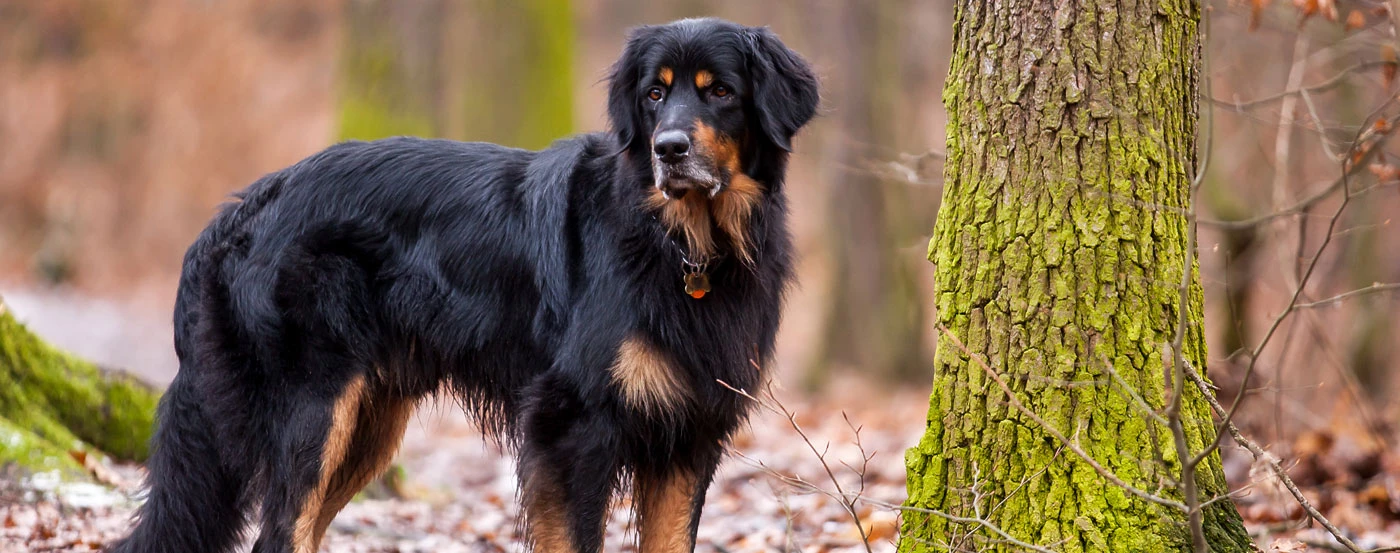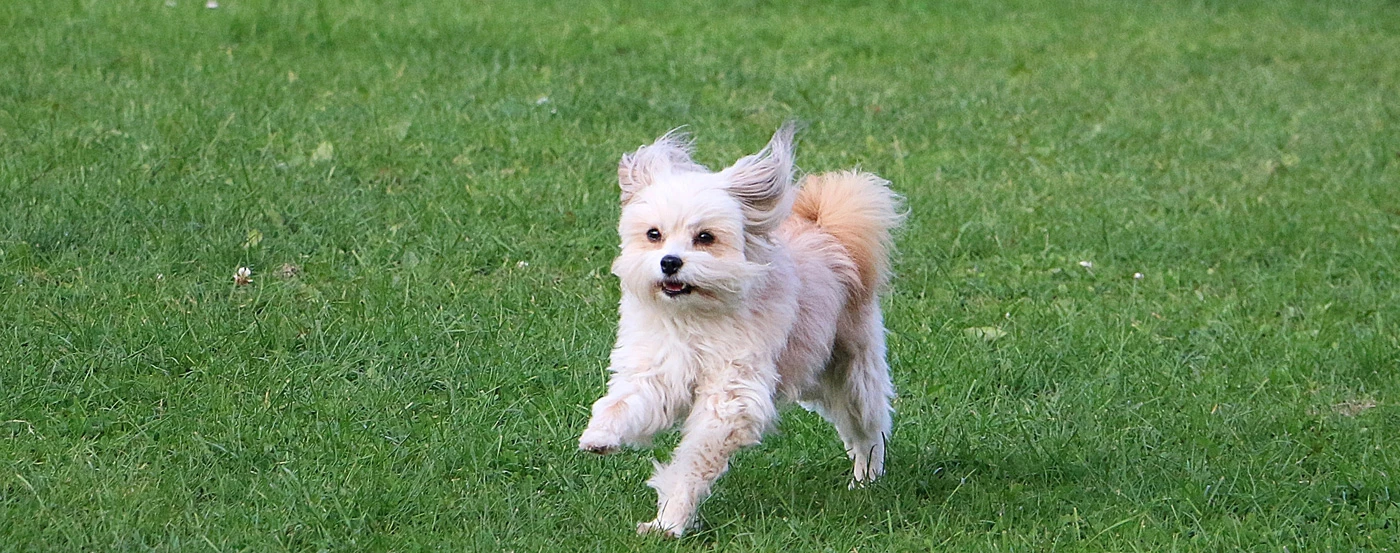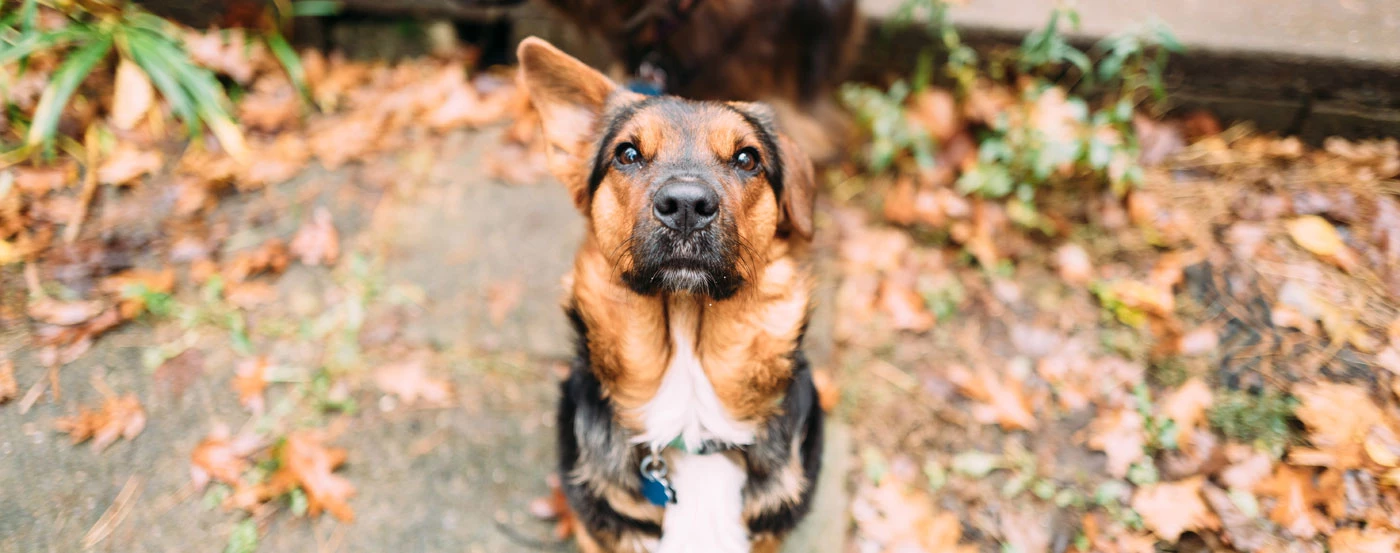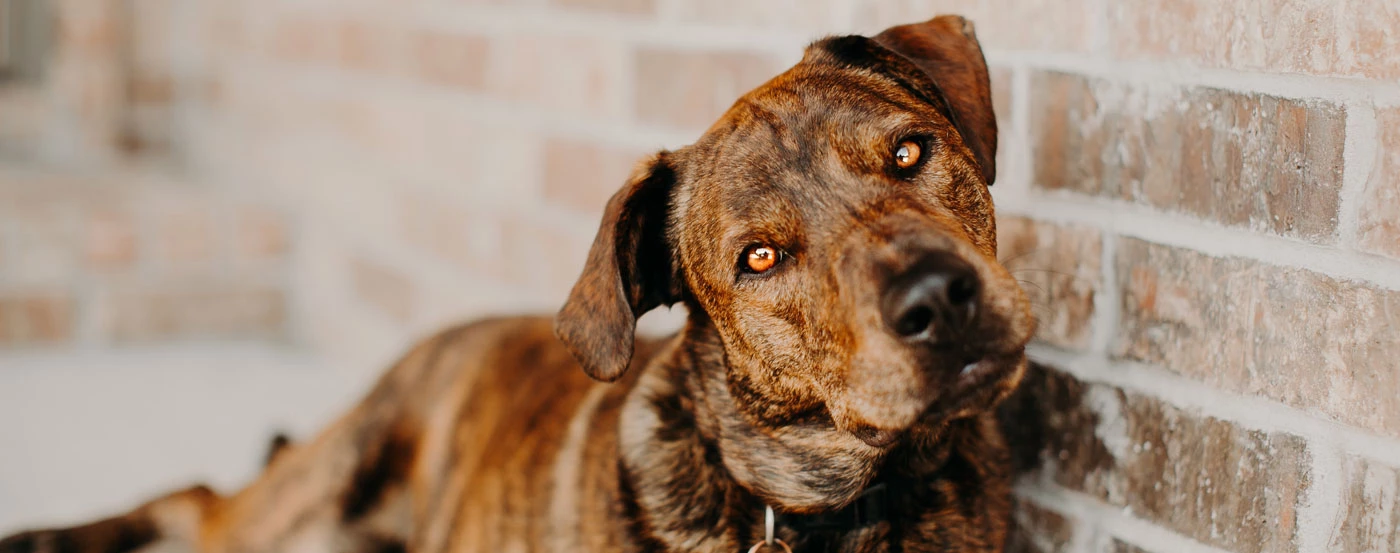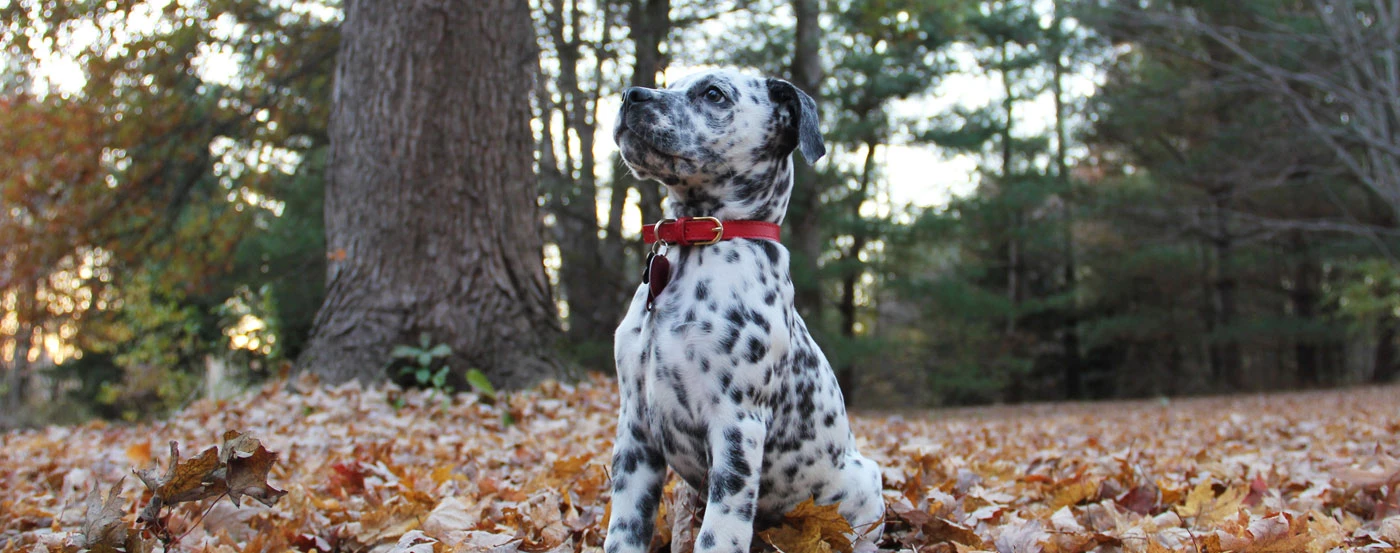About the Giant Schnauzer
The Giant Schnauzer is a sight to behold, especially for its somewhat intimidating size. They are a loyal and brave companion for those that need a dog by their side. With the right training and exercise, this dog can be a great option for those who have an active lifestyle and enjoy the great outdoors.
Giant Schnauzers aren't for everyone but they certainly do well for those that are looking for a protective and energetic dog that will keep you on your toes. As a purebred dog, you may find them in shelters and rescues but you'll likely need to get them from a breeder for the most part.
What's there to know about the Giant Schnauzer? Here's a helpful guide on the dog that will help you decide on whether this courageous and larger than life pup is for you.
Giant Schnauzer Gallery
What is the history & origin of the Giant Schnauzer?
As one of the largest Schnauzer breeds, they were originally bred in Germany to help with cattle. They were also used to help out in butcher shops and stockyards. Some of them would often be used as guard dogs due to their size.
This breed was likely created by crossing what we know as the standard schnauzer with larger dogs, like the black Great Dane for instance. The Bouvier des Flandres may also have been featured in the cross-breeding at some point.
The Giant schnauzer for a time was known as the Munchener and was popular in places like Bavaria. During the early 1900s, they were trained with the policy in Berlin and other German locations.
Over in the US, The Giant Schnauzer Club of America was formed in 1962 and as of today, the breed is recognised by the American Kennel Club.
Who are Giant Schnauzer dogs best for?
Whilst nowadays they're often found in homes, they are still popular in many workplace areas from search and rescue, police work and the military.
Giant Schnauzers have lots of energy and they also love to play, so you may find they do best in homes that have plenty of activity and with owners that can provide enough exercise for them daily.
They're much more suited to bigger properties and when it comes to training, it's better to have them in the company of experienced owners. Novice or first-time dog owners may find this breed a little more difficult to manage than most.
How much grooming does a Giant Schnauzer need?
The coat on a Giant Schnauzer is both wiry and dense. It has an outer coat and undercoat, which means they'll need hand stripping and regular grooming. The double coat will require something like a stiff bristle brush to comb effectively through both coats. This should be done a few times each week to prevent matting from occurring.
The hand-stripping should be something that's done every four to six months. This can be done by yourself but can be challenging for any dog owner not familiar with this method. You may wish to get it done by a professional groomer as a result.
Shedding will happen more so when you've clipped your Schnauzer's coat over stripping it due to texture change.
Other hygiene and grooming will include brushing teeth regularly and trimming nails when required.
Do Giant Schnauzer bark much?
All dogs are prone to barking but the Schnauzer can be notorious for barking a lot. This can be good for some who may be looking for a watchdog, however, not everyone wants a loud barker.
There are other reasons why they may bark, whether it's feeling frightened or due to hunger/depression.
Do Giant Schnauzer bite?
The Giant Schnauzer due to its size is one that you want to socialize and train early on to ensure that they don't exhibit any bad behaviour, whether it's around you or other dogs.
Whilst they can be a family pet, it's suggested that the children are all over the age of 12 and know how to interact with a dog. Any younger and they may not get on as well with the youngsters!
Always teach your children how to pet dogs properly and if there's any biting happening from the dog, make sure to address this behaviour as early on as possible.
What is the temperament & personality of a Giant Schnauzer?
The Giant Schnauzer's temperament is calm and loving from the moment you meet them. Like many large dog breeds, it's important to be attentive to their physical and mental needs so that they behave appropriately.
They make excellent guard dogs and if you're looking for a guard dog, then they have the territorial traits that you might be after.
Grown dogs have a lot of wits, which can make it challenging for those lacking the experience. However, with plenty of dog sports activities and interactions with other dogs, they can be just as well-rounded as any other dogs.
What is the weight & size of a Giant Schnauzer?
The giant schnauzer has certainly earned their classification as a 'giant' dog. As such, you can expect them to be quite the challenge to bathe and pick up.
An adult dog will stand around 60 to 72 cm tall and weighs around 30 to 40 kilos.
How much training does a Giant Schnauzer need?
This breed type is certainly not recommended to those who live in apartments or small studio spaces. It's much better to have a big home and plenty of space for the Giant Schnauzer dog breed to roam.
This dog type in particular will need around an hour's worth of daily exercise. This is good to spread out throughout the day to help keep them entertained. They need an active household that is keen to get outdoors. The Giant Schnauzer dog breed can often dig and chew, so it's good to give them plenty of mental stimulation to keep them occupied.
Training isn't something that novice dog owners or first-time owners will find easy, which is why it's best to have these as companion dogs only if you have prior experience.
What are some of the most common health issues for a Giant Schnauzer?
There are several health issues that the giant schnauzer puppy can have as they grow up. It's worth knowing these just in case you spot any symptoms or face these health conditions with your own Schnauzer.
Osteochondrosis Dissecans - Found in the elbows and shoulders which causes painful stiffing of joints that can get worse over time.
Autoimmune Thyroiditis - A common and heritable condition. The disease causes a low level of hormone produced by the thyroid gland. As such, there can be infertility and symptoms of low energy levels, irregular heat cycles, etc.
What is the lifespan of a Giant Schnauzer?
Despite their huge size, it seems they have a lot of life to live! The average lifespan is around 12-15 years, which means you'll get plenty of time with them to make happy memories. As long as you're keeping them happy and healthy, they'll provide a decade or so of fun and laughter.
How much should you feed a Giant Schnauzer?
Feeding Giant Schnauzer puppies are vastly different from average-sized puppies and that appetite for food will only get greater as they get older. As adult dogs, they're going to need around 3 to 4 cups of dog food per day that's split between two meals.
It's worth knowing for health, Giant Schnauzers can be prone to gastric torsion, so it's important to split the meals rather than deliver them all in one go.
What is the price of a Giant Schnauzer in Australia?
The Giant Schnauzer is big but in comparison to some of the more expensive designer dogs, the average price for this pooch isn't as bad as it could be.
Typically, a dog of this size and breed will likely set you back anywhere between $1,200 to $3,500. This can depend on the parents of the litter and the reputable breeder or breeders you approach.
Pros
- Intelligent
- Fantastic watchdog
- Easy to train
Cons
- Need lots of exercise
- High grooming needs
- Stubbornness
